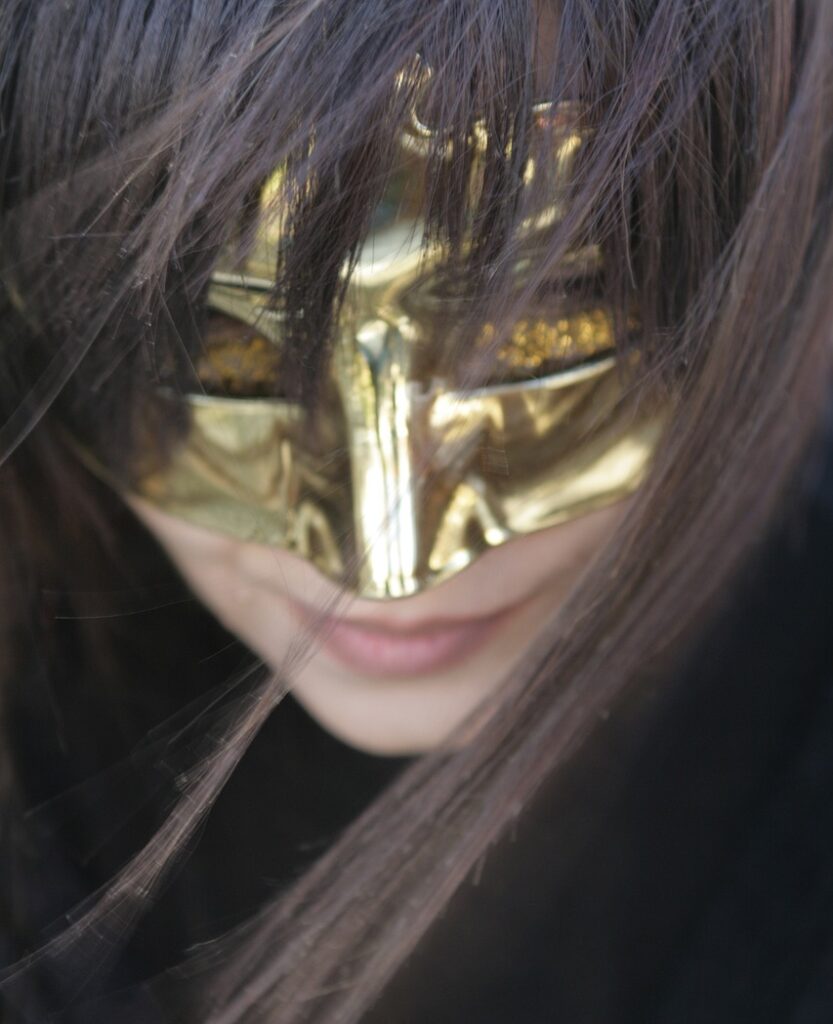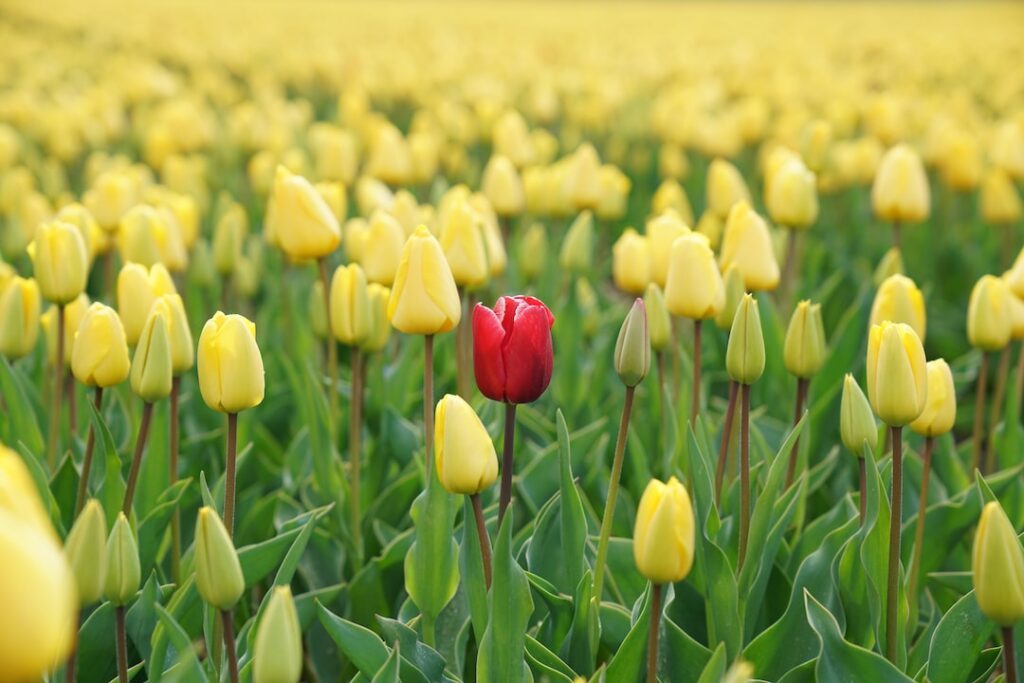Weird is Beautiful

In a world that often prizes conformity, the phrase “weird is beautiful” stands as a bold counterstatement.
It challenges the traditional notions of beauty and normalcy, urging us to rethink our perceptions and appreciate the unconventional.
Many of us were likely familiarized with the meaning of the word “weird” in early childhood, where being called “weird” was used as a way of taunting and teasing those who happened to not fit in with the crowd.
As a result, we often learned to hide our weirdnesses from the world, out of fear of social rejection.
But standing out from the crowd these days isn’t a bad thing. In fact, in many ways, it’s a strength.
So what exactly constitutes “weird,” and how has its appeal evolved over time? This exploration delves into the depths of weirdness, uncovering its allure across different cultures and eras, and highlighting why, now more than ever, embracing the oddities in life can be a source of joy and innovation.
The Aesthetics of Weirdness
Weirdness captivates our imagination and senses in ways that the ordinary cannot. It’s the unexpected twist in a story, the avant-garde fashion statement, or the eccentric art piece that defies easy categorization. But beyond its initial shock value, weirdness has a unique beauty. It challenges us to see beyond conventional standards and find beauty in the bizarre and the novel. From the Dadaist movement to the whimsical creations of modern digital art, weirdness in aesthetics encourages a deeper appreciation for creativity’s boundless possibilities.
Weirdness in Fashion
Fashion serves as a visible canvas for expressing individuality, and weirdness in fashion often breaks the mold in the most spectacular ways. It’s in the unconventional designs of Alexander McQueen, the androgynous presentations of David Bowie, or the bold statements of Lady Gaga. These icons and moments not only redefine beauty standards but also challenge societal norms, proving that fashion is not just about apparel and accessories but about making statements and sparking conversations.
Weirdness in Music and Entertainment
Music and entertainment have long been domains where weirdness thrives, often becoming the hallmark of legendary artists and unforgettable performances. From the experimental sounds of The Beatles’ later albums to the theatricality of Pink Floyd’s stage shows, musicians have used their weirdness to push the boundaries of their art. Similarly, films and TV shows that embrace the weird, like “Twin Peaks” or “The Rocky Horror Picture Show,” have developed cult followings, celebrating the beauty in what’s bizarre and encouraging audiences to embrace their own quirks.
Weirdness in Literature
Literature offers a rich terrain for exploring weirdness, with genres like surrealism and absurdism providing a platform for authors to question reality and challenge the mundane. Writers such as Franz Kafka and Haruki Murakami craft worlds where the bizarre becomes the norm, inviting readers to reconsider their understanding of the world. These works not only entertain but also provoke thought, demonstrating that weirdness can be a powerful tool for exploration and reflection.
Weirdness in Social Media and Digital Culture
In the digital age, weirdness finds new expression and acceptance on social media platforms, where viral content often leans into the absurd and the quirky. Memes, in particular, have become a language of weirdness, offering a way for people to connect over shared senses of humor and perspectives on life’s oddities. This digital celebration of weirdness not only fosters community but also highlights how technology has expanded the ways in which we can express and share our unique takes on the world.
Psychological Perspectives on Weirdness
From a psychological standpoint, the appeal of weirdness can be linked to our innate desire for novelty and complexity. It provides a break from the routine, stimulating our brains and provoking curiosity. Furthermore, embracing weirdness in ourselves and others can be a significant aspect of personal identity and self-expression, offering a sense of freedom and authenticity in a world that often demands conformity.
Weirdness in Personal Identity and Lifestyle
For many, weirdness is not just an aesthetic choice but a lifestyle. It’s a way of living that embraces the unconventional paths, celebrates unique interests, and finds joy in the peculiarities of life. Communities, both online and in real life, that celebrate weirdness, provide spaces where individuals can share their passions without fear of judgment, reinforcing the idea that being different is not just acceptable but valuable.
The Global Perspective on Weirdness
Weirdness is not limited by geography; it is a global phenomenon with local flavors. Across cultures, what is considered weird varies significantly, offering a fascinating glimpse into societal values and norms. From Japan’s vibrant Harajuku fashion district to the eccentricities of British humor, weirdness around the world showcases the diversity of human creativity and the universal desire to push against the boundaries of the ordinary.
Weirdness in Innovation and Creativity
The link between weirdness and creativity is undeniable. Many of the most groundbreaking innovations and ideas were once considered weird. It’s the ability to think differently, to see the world from unusual angles, that has led to some of humanity’s most significant advancements. By embracing weirdness, we open ourselves to new possibilities, encouraging a culture of experimentation and discovery that can lead to unexpected solutions and new forms of expression.
Challenges of Being Weird
Despite its many positives, being weird is not without its challenges. Social stigma and the pressure to conform can make embracing weirdness a difficult path. However, the stories of those who have navigated these challenges and found success and fulfillment by staying true to their weirdness offer inspiration and hope. They remind us that the journey of embracing our oddities can lead to a more authentic and fulfilling life.
Weird is Beautiful in Relationships
In the realm of personal relationships, weirdness can play a pivotal role in forming deep, meaningful connections. By showing our true selves, quirks and all, we open the door to genuine relationships based on understanding and acceptance. By embracing the weird in ourselves and others, we embark on a path of inner exploration that can lead to stronger, more authentic connections.
The Future of Weirdness
As society evolves, so too does its relationship with weirdness. What was once considered weird can become mainstream, and new forms of weirdness will surely emerge. It can certainly be an interesting pastime to speculate on the future of weirdness, considering how technological, cultural, and societal changes might shape the weird beauty we celebrate tomorrow.
The Power of Embracing Weirdness
In closing, the journey through the multifaceted world of weirdness reveals not just its ubiquity and diversity but its intrinsic value. By embracing the weird in ourselves and in the world around us, we can discover a deeper beauty—a beauty that lies in authenticity, creativity, and the courage to stand out. Let us celebrate weirdness, for in its embrace, we find the truest expressions of ourselves.
Questions to Ponder
- What defines something as “weird” in your mind?
- How have you noticed society’s perception of weirdness changing over time?
- What are some examples you can think of that depict weirdness being celebrated in popular culture?
- Do you believe that embracing weirdness have psychological benefits?
- How might you encourage someone to start to embrace their own weirdness?
- What role does weirdness seem to play in creativity and innovation?
In our exploration of how weird is beautiful, we have begun to unfold what promises to be a rich and continually evolving tapestry, revealing how the unconventional and the odd have shaped and will continue to shape culture, art, fashion, and personal identity. The statement “weird is beautiful” challenges us to look beyond the surface and find beauty and meaning in what may initially seem bizarre.
Indeed, without the incontrovertibly valuable contributions of those willing to think outside of the box and dance to their own beats, our society would forever remain stagnant and incapable of growth; we would not have benefited from the many scientific, artistic, philosophical, and cultural advances that we have experienced thus far.
In embracing weirdness, we embrace the full spectrum of human creativity and individuality, fostering a more inclusive and vibrant world.

So let’s celebrate the weird, for it is in these peculiarities that the true essence of our beautiful and wondrous selves often resides.
Because weird is beautiful.
Weird is weirdiful.
And we could all use more weirdiful things in our lives, couldn’t we?
